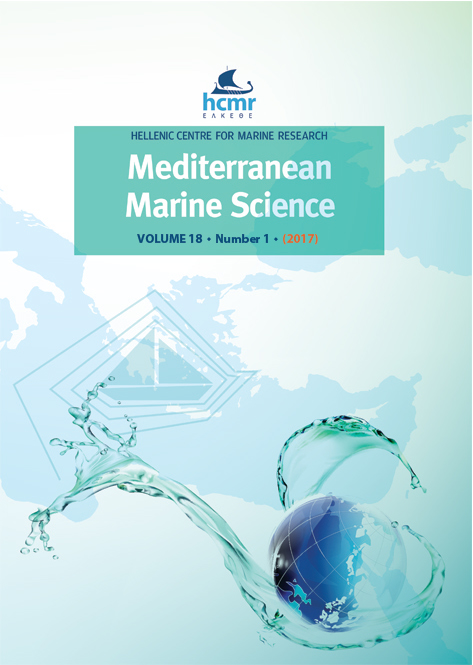Seasonal residency of loggerhead turtles Caretta caretta tracked from the Gulf of Manfredonia, south Adriatic

Abstract
A detailed knowledge of sea turtle distribution in relation to anthropogenic threats is key to inform conservation measures. We satellite tracked five loggerhead turtles incidentally caught in the Gulf of Manfredonia, where a high turtle occurrence and high bycatch levels have been recently reported. Turtles were tracked for a period ranging from 27 to 367 days, with a minimum travel distance ranging from 151 to 4,300 km. With the caution due to the small sample size, results suggest that: (i) the area may host residential loggerhead turtles at least in summer, while they probably move elsewhere in winter due to the low temperatures occurring in shallow waters, (ii) turtles may have very small home ranges in the area, (iii) turtle occurrence may be higher in shallow waters along the coast. Moreover (iv) one turtle showed remarkable fidelity to the same spot after seasonal migration and constant migration paths. If confirmed and further detailed, such movement patterns may guide effective conservation strategies to reduce the impact of bycatch in the area.
Article Details
- How to Cite
-
CASALE, P., & SIMONE, G. (2017). Seasonal residency of loggerhead turtles Caretta caretta tracked from the Gulf of Manfredonia, south Adriatic. Mediterranean Marine Science, 18(1), 4–10. https://doi.org/10.12681/mms.1663
- Issue
- Vol. 18 No. 1 (2017)
- Section
- Research Article
Authors who publish with this journal agree to the following terms:
- Authors retain copyright and grant the journal right of first publication with the work simultaneously licensed under a Creative Commons Attribution Non-Commercial License that allows others to share the work with an acknowledgement of the work's authorship and initial publication in this journal.
- Authors are able to enter into separate, additional contractual arrangements for the non-exclusive distribution of the journal's published version of the work (e.g. post it to an institutional repository or publish it in a book), with an acknowledgement of its initial publication in this journal.
- Authors are permitted and encouraged to post their work online (preferably in institutional repositories or on their website) prior to and during the submission process, as it can lead to productive exchanges, as well as earlier and greater citation of published work (See The Effect of Open Access).




